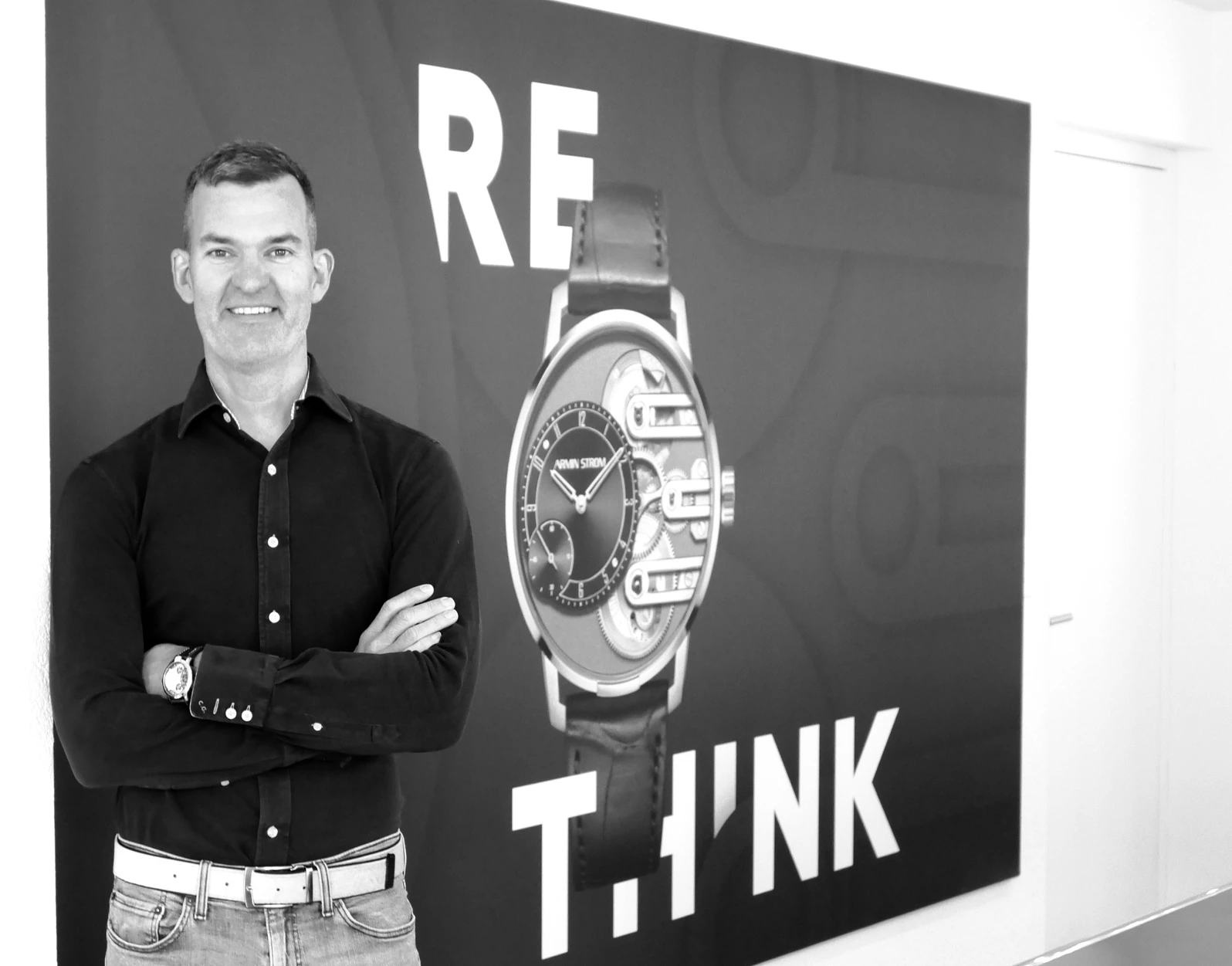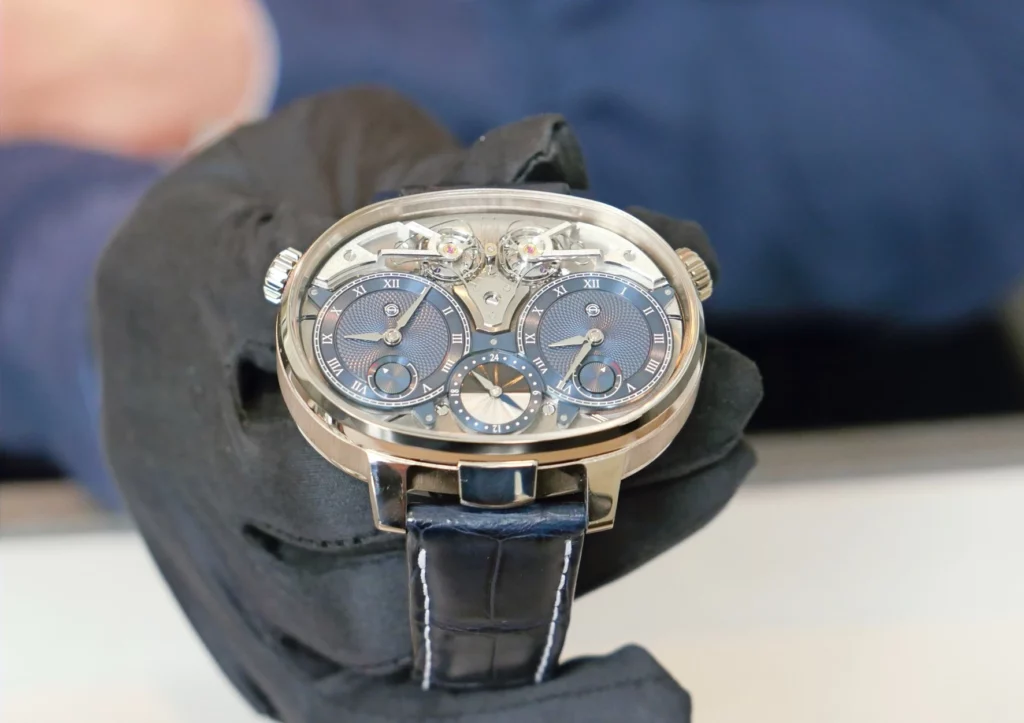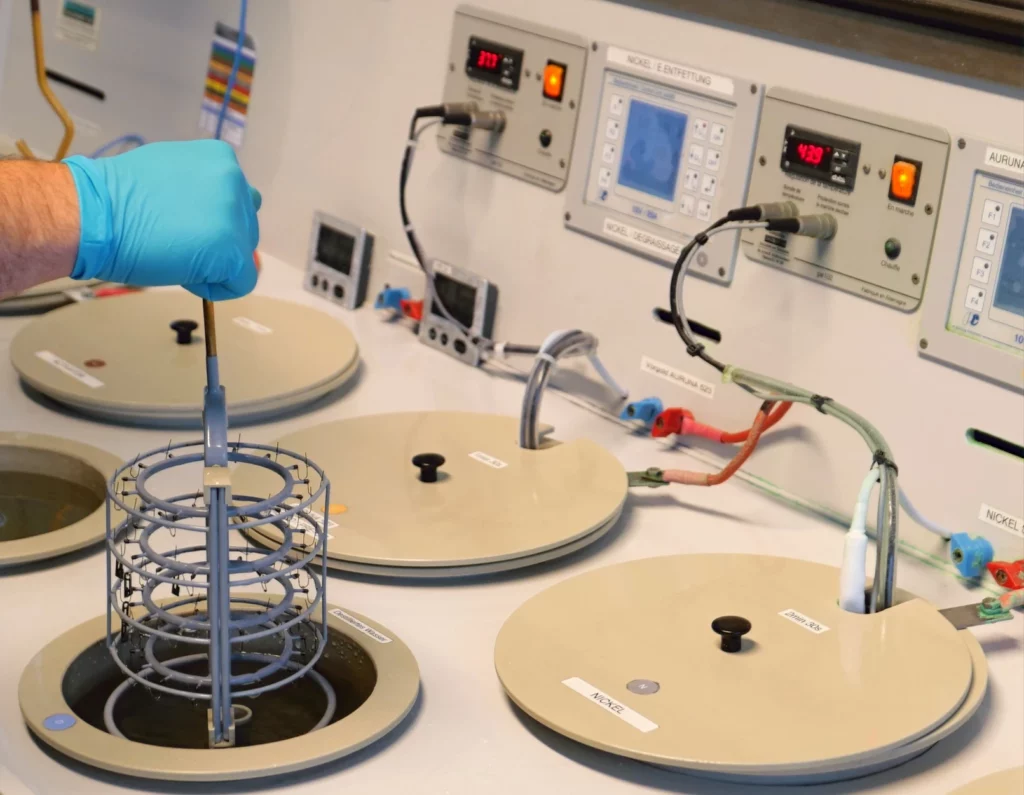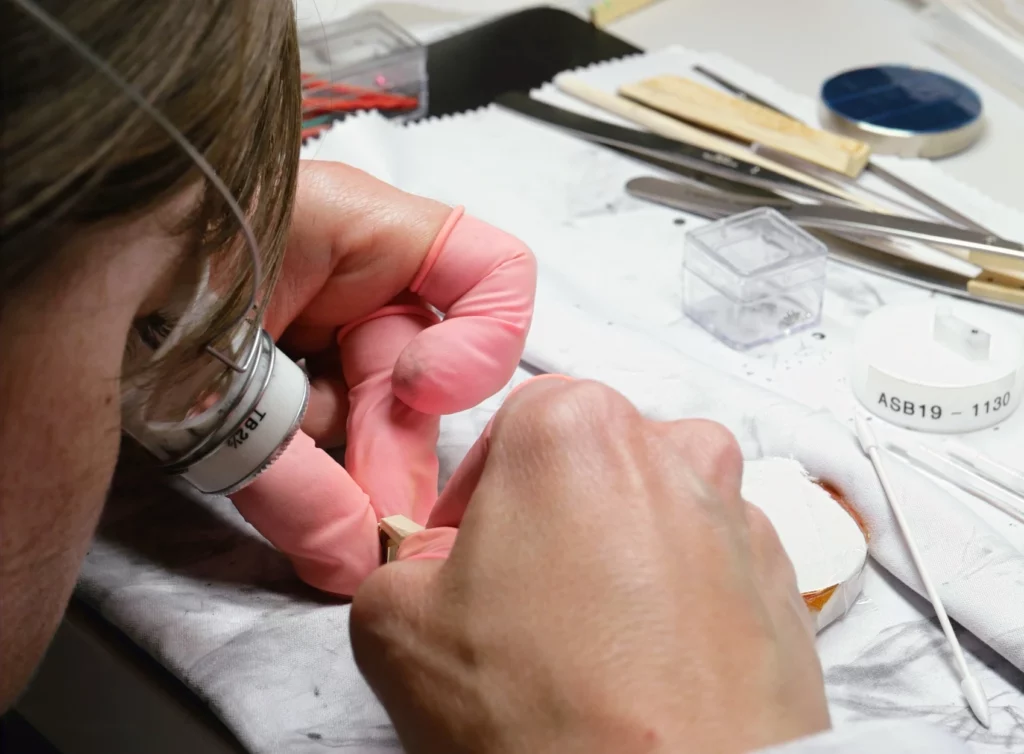
It’s not easy for a watch brand to stand out in Bienne. Unique in so many ways, Armin Strom remarkably manages to do so. Combining the tradition of high horology with relentless engineering innovation, the experts in skeletonized movements took the industry by storm with the introduction of Mirrored Force Resonance in 2016, a movement based on a resonating dual regulator offering maximum chronometric precision.
Co-founder and Master Watchmaker of the brand since it was taken over from its eponymous founder, Claude Greisler graciously opened the door to the manufacture and hosted me for an open, and quite fascinating, discussion. Beyond his unquestionable expertise, developed on both sides of the Swiss linguistic border, Claude shared his sharp analysis of the watch industry, and his clear views on where Armin Strom sits within it.
Armin Strom defines itself as coming from the Swiss German watchmaking tradition. What does this mean for the brand?
I think it’s about innovation and engineering combined in the tradition of watchmaking. Engineering, or re-engineering, and innovation, is very important to Armin Strom. And that corresponds in a way to the German spirit: the spirit to innovate, to do things right and to do things better. The Swiss French part is more about tradition, about doing things the way they were done in the past, without changing. Resonance is a good example. We decided to break the traditions, to break the rules, to regulate a movement and innovate. Resonance shows how engineering comes into watchmaking.
You learned watchmaking in both the French and German parts of Switzerland. How has this influenced your skills, and your vision?
My inspiration comes from both sides. My time in Solothurn was driven by ETA, Titoni, IWC, typically big brands, focusing on mass production. That was my first education, 4 years, getting trained. The school was very influenced by those companies, with many students coming from or going to them. Then, I had the chance to work in the museum in La Chaux-de-Fonds. Learning watch restoration was a completely different approach. It opened my eyes to another philosophy in watchmaking. Success today, at Armin Strom, is the combination of both: huge respect for tradition, things like hand finishing and assembling, the use of certain materials… And then the engineering, the innovation, inspired from the more industrial side.

Tell us about how things started for you with Armin Strom…
I have known Mr Armin Strom since I was a child. I was born in Burgdorf. My partner Serge is also from Burgdorf. Armin Strom himself started his career in Burgdorf. He was famous in our village. I remember him taking the Concord just to deliver one of his renowned skeletonized watches. I come from a watchmaking family, my grandmother trained me assembling Heuer stopwatches… It was very clear to me that I would start a career in watchmaking. One day Serge called me to say that Armin Strom was looking for someone to take over his company. I had always liked the approach of having the movement as the star of the watch. And both Serge and I were fond of the idea of perpetuating the tradition born in our home town.
What made you move to Biel/Bienne?
Mr Armin Strom already had his workshop set up in Biel. He skeletonized mouvements for Omega, including Speedmasters, Seamasters and Tourbillons. This had contributed to his fame. He was actually the only independent watchmaker mentioned in the 150 yearbook of Omega. When we took over it was clear to us we should stay in Biel. First, this gave us proximity to our key suppliers. It also gave us proximity to the best trained people. This was critical when, in 2009, we decided to become a manufacture. Milling mainplates, making pinions, doing decorations, such skills, and the right suppliers,were easily found here.

Biel is more focused on the industrial side of the industry. How has it worked out for you? As an independent focused on haute horlogerie, you are clearly the exception here, not the rule.
I think it’s an advantage because there are a lot of young, motivated watchmakers around. The kind of work that we do, the high, high end of watchmaking, is somewhat unique in the area. For passionate watchmakers who want to move from the industrial sector to high horology, we offer a great opportunity, and this is a real advantage for us.
What about this building?
We were able to buy the building in 2008. It belonged to a micro-stamping company. They delivered spare parts to the watch industry. The setup was perfect for us. The floors, built for stamping, are extremely shock-resistant. That means that even if a tank crosses the street, there is no vibration on our machines.
Over 15 years after taking over Armin Strom, what is the innovation you are most proud of?
Resonance. Resonance means that you have two movements in one watch that synchronize each other. This phenomenon brings much greater consistency, and precision. Consistency and precision is what all watchmakers are after. Abraham-Louis Breguet, with the tourbillon, and the many that followed, were always seeking improvement in timekeeping. This is something you can always be proud of as a watchmaker. As Armin Strom, we achieved the solution for resonance in a wristwatch, something that many had tried before but had not managed to achieve. We had an idea and worked on it for more than 3 years. We went to aerospace engineers to invent the suspension system. There was some luck involved, of course, but also a lot of hard work.

Sometimes, high horology can mean a certain level of fragility in a movement. To put it bluntly: how often do Armin Strom watches break?
The number of returns we have is very small. 2, maximum 3 watches per month are brought in for a technical reason. It’s hard for us to have specific macro data because of the type of customer who buys our watches. We appeal to serious collectors, who typically have a large rotation. For some customers, we know that our watch is the one they wear the most. But this means, perhaps, 3 times per week. It’s not the same as people who wear their Rolex or Panerai day in and day out because it’s their only watch. But in my case, I wear my Resonance every day since we launched it 5 years ago. And in a month, I would say, it loses 1 to 1.5 seconds… And the one I have does not have a particular setup or treatment. It’s the same movement as what our customers get.
How has business been since Covid started?
We were lucky at the beginning of Corona, in 2020, to have enough orders in place, and no cancellations. 2021 was a good year. It started very slow and then got stronger and stronger. Since September of last year, it has been crazy. We don’t need to sell anymore. We were used to selling. For a brand like ours, you normally have to show, explain. But since last year, it has no longer been necessary. Now, waiting time is 12 months for a standard model. We can’t take in new retailers. There are a lot of requests we would like to fulfill but we just can’t, as existing partners take so much of our production. We keep on hiring, but cannot exceed a certain pace.

What is your distribution model and strategy?
We do sometimes sell directly ourselves, for instance when people come and visit, or online. But our watches are not a “click and buy” product. There is a real process, with a concierge. We usually set up the studio for the person to come and see the models… But I would say 80% of our sales are through retailers, usually ones specialized in independent brands. You can think of the spirit of the “Carré des Horlogers”, at Watches & Wonders, in terms of who is typically sold in those boutiques.
Who is your typical collector?
Definitely watch enthusiasts. It’s very, very rare that we have customers who buy just because they can afford it and like the design. Our customers are usually very much into watches and are true collectors. Then, we have different types of collectors. Some are mostly focused on, say, Patek and Rolex, and add one or two watches from independents. Others are purely focused on independent brands. We have a lot of young people, especially since the past year. In this sense, I strongly believe that the whole secondary market changed our industry. There are now people taking care of the secondary market. Like Watchbox, Bucherer certified pre-owned, Chrono24. Before, buying a watch was an investment for a certain amount that was basically gone. There was no easy way to resell the watch. On Chrono24, 5 or 10 years ago, sure, you could sell a Daytona. But for an independent, it was very hard. If you went to the retailer and asked them to take in your existing independent watch, they would refuse. Now, it’s very different. I can buy an Armin Strom or an MB&F, enjoy it for 4 years, and sell it. Whether I gain or lose some in the transaction doesn’t matter, there is a market, there is demand. This, I think, is a key part of the success of the watchmaking industry today.




Innovation like what Armin Strom does is essential to keeping watchmaking alive.